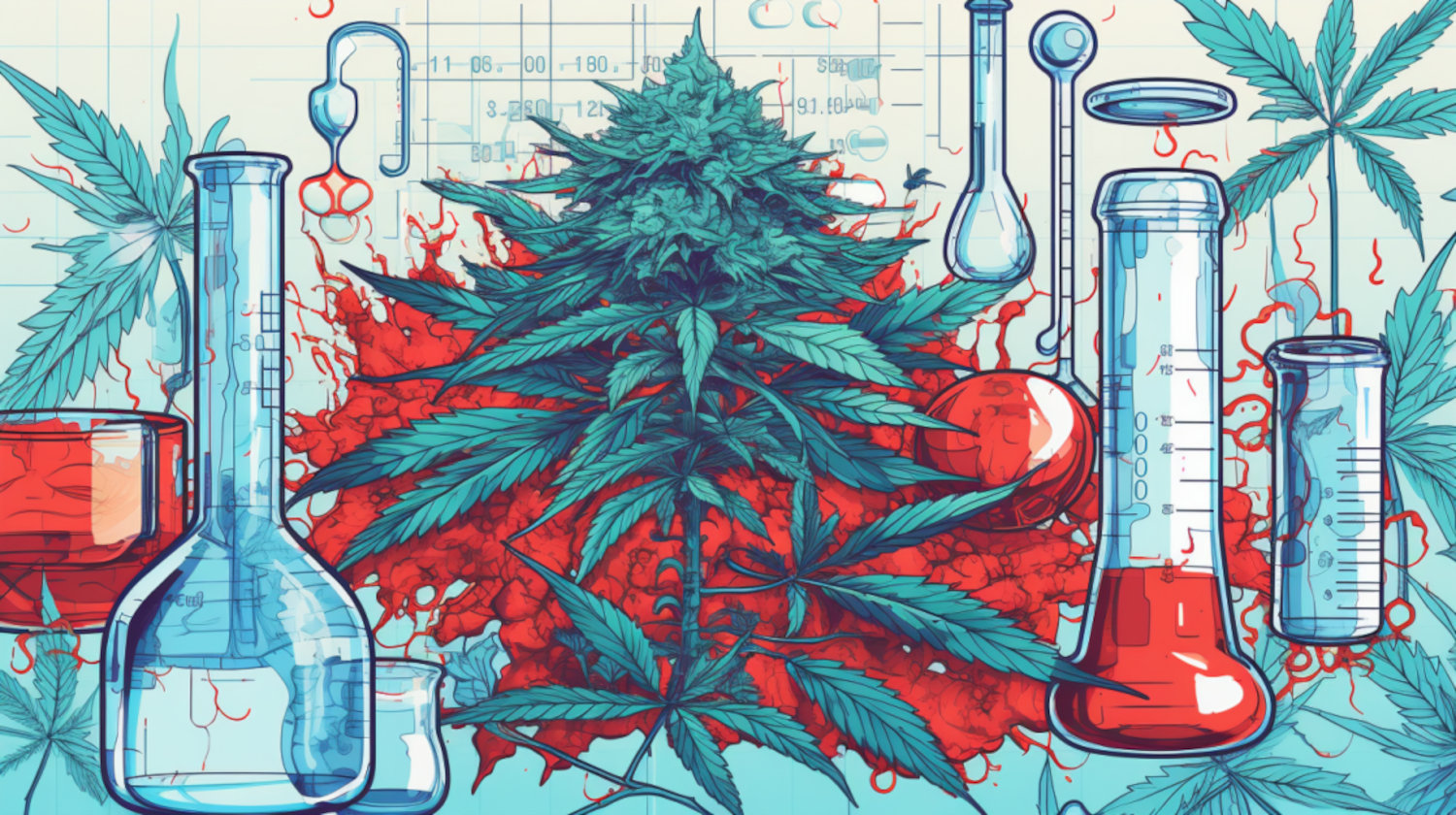In This Article
- Why Do Companies Test for Cannabis?
- How Do Marijuana Drug Tests Work?
- What Is THC-COOH?
- How Long Can Cannabis Be Detected By a Drug Test?
- Types of Drug Tests
- Urine Test
- Blood Test
- Hair Follicle Test
- Mouth Swab (Saliva Test)
- Marijuana Breathalyzer
- The Best Way to Pass a Drug Test is Abstinence and a Natural Cleanse
- Concerned? You can get yourself tested beforehand
- Tips to Reduce THC Levels Year-Round
- Exercising Can Lower Blood THC Levels Over Time
- Maintaining a Healthy Diet Can Reduce THC Storage
- Drinking Fluids Can Help Flush the System
- The Problems With Trying to “Trick” Drug Tests
- Dilution (urine test)
- Adulterants (urine test)
- Substitution (urine test)
- Shaving or Shampooing (hair follicle test)
- Commercial Detox Kits (blood test)
- Heavy-Duty Cleaning and Rinsing (mouth swab test)
- Excuses for Positive Results Aren’t Likely to Work
- Passive Exposure
- False-Positive Due to Lab Error
- False-Positive Due to a Different Substance
- Drug Testing in the Workplace: Your Legal Rights as an Employee
- In Summary
- References
Despite the rapidly expanding legalization of cannabis and its growing acceptance around the world, many healthcare providers and workplaces continue to administer pre-employment drug tests to individuals. These drug tests can be stressful, especially for people who are using cannabis for medicinal purposes and may not have the option to stop or pause their treatment.
Knowing what to expect with each test can ease some of the uncertainty. And when you know enough to make an informed decision (one you may wish to make with the support of your medical provider), you can choose to either detox or start searching for companies that don’t test their employees for cannabis.
This article will discuss the different types of drug tests, how each of them works, the best practices to safely cleanse your system, and how your rights as a worker may vary depending on your state of residence.
NuggMD does not endorse any of the products or methods listed in this article. The content herein is for informational purposes only. If you have concerns about passing a drug test, you should consult your attorney as there can be legal consequences for tampering with a drug test. If you are considering significant changes to your diet and/or exercise routine, you should talk to your doctor. Abstinence and time are the only proven way to pass a drug test.
Why Do Companies Test for Cannabis?
Drug tests have been around since the 1980s with the goal of increasing employee safety and productivity while reducing company liability. They may be administered before getting hired, regularly throughout employment, following an injury or incident, or randomly depending on the organization’s drug testing guidelines.
As a growing number of states legalize cannabis for medical and recreational use, companies and regulations regarding drug testing policies are beginning to shift to accommodate off-the-clock use and medical cannabis usage.
How Do Marijuana Drug Tests Work?
When THC is metabolized in our body, it produces a byproduct called THC-COOH – the primary substance tested for cannabis use. It is easily absorbed by (and stored in) fat cells. Depending on the individual, fat cells can store cannabis for weeks or even months. This is why cannabis is detectable for longer than many other drugs.
As the body naturally burns fat, it releases THC back into our bloodstream for filtration and removal from the body. There is no evidence to prove that any impairment accompanies this small release of THC from your fat cells. But this naturally occurring biological process could mean that you test positive on a drug test even if you haven’t consumed cannabis in weeks.
How long weed stays in your system – and how long it can be detected by a drug test – depends on a few factors, like the frequency of use and the type of drug test.
What Is THC-COOH?
So, what is carboxy THC — and what is its role in drug test screening?
The molecule has several names, but its official name is 11-nor-9-carboxy-Δ⁹-tetrahydrocannabinol, which reads as "carboxy THC." It's also referred to as 11-nor-9-carboxy-THC or THC-COOH.
THC itself typically leaves the system within a few hours. What remains are other metabolites or byproducts. THC-COOH is a metabolite of THC, the primary intoxicating cannabinoid. When the body metabolizes THC, it undergoes a series of chemical transformations.
In the liver, delta-9 THC metabolizes into a more potent, intoxicating form: 11-OH-THC, also known as 11-Hydroxy-THC. When it is metabolized further and excreted, it becomes THC-COOH. At this stage, it's inactive and no longer intoxicating.
THC-COOH is primarily excreted in the urine. It's not uncommon for THC-COOH to be detectable for weeks or even months after the last cannabis use.1 This is the reason the cannabinoid metabolite is used as a marker for cannabis use in drug testing, even though it's inactive and non-intoxicating.
How Long Can Cannabis Be Detected By a Drug Test?
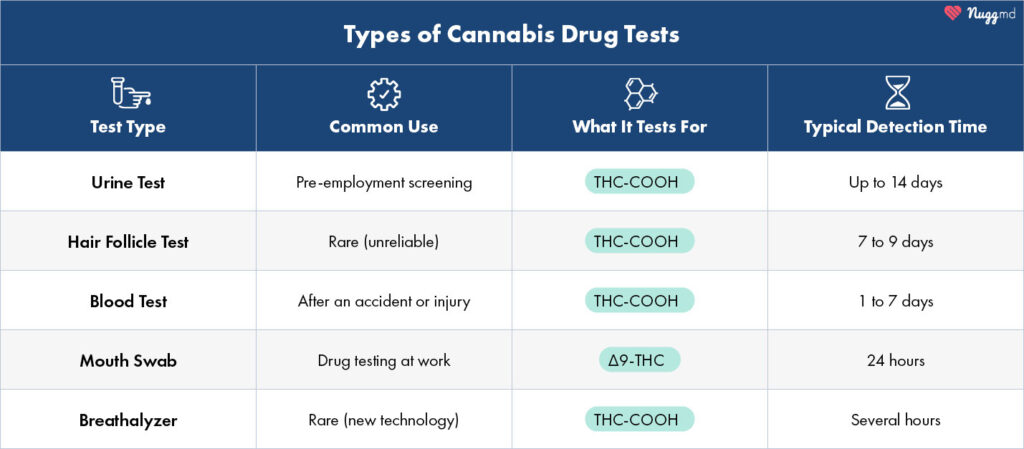
In some cases, marijuana can be detected up to 120 days after consumption. It other instances, it may become undetectable in less than a day.
How long cannabis can be detected in your system depends on:
- the amount of cannabis consumed,
- how often cannabis is consumed,
- consumer’s Body Mass (BMI),
- consumer’s metabolism,
- if THC is present in the body already, and
- the kind of drug test administered.
These varying factors offer a few reasons why drug testing for cannabis can be unpredictable.
To better understand the potential results of a drug test based on your usage, let’s break down the basic science of THC detection in your urine, hair, blood, saliva, and breath.
Types of Drug Tests

The most common types of marijuana drug tests are urine, blood, hair, saliva, and breathalyzer. Since each test is different, we’ll cover how they work, what drugs they test for, and how long the test can typically detect cannabis after a consumer’s last use.
Urine Test
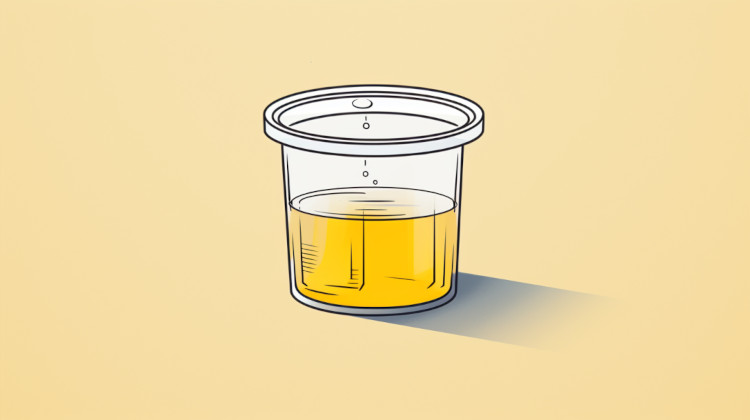
The most common marijuana drug test is the urine test (90% of employers that do pre-employment drug testing use this method).
How does a urine drug test work?
Urine drug tests use a dipstick that’s saturated with an antibody that reacts with THC. The dipstick is inserted into the urine specimen then the urine moves up the dipstick through absorption (capillary action). If any THC is present in the urine, the antibody on the dipstick changes color.
Most urine drug tests are set to a sensitivity level of 50ng/mL, although some tests can be more sensitive. A urine drug test usually requires at least 30mL of urine and is more than 99% accurate.
What drugs can be detected by a urine test?
Urine drug tests can detect the following:
- cocaine,
- methamphetamine,
- benzodiazepine,
- marijuana,
- opiates,
- barbiturates,
- PCP,
- methadone,
- oxycodone, and
- Ecstasy.
How long can you test positive for marijuana in urine?
Most casual consumers (1 to 2 times a week) can test positive for up to 2 weeks after their last use, provided the test is set to detect 50ng of THC/mL of urine.
Daily cannabis users may test positive for 30 days after their last use at 50ng/mL. Consumers who use cannabis multiple times a day may, on very rare occasions, test positive up to 60 to 90 days after their last use with a test set to detect 20ng/mL.
A popular fact sheet written for drug court practitioners asserts that even heavy cannabis use is only detectable for 2 weeks, and detection at 30 days is extremely rare. Detection times of more than 70 days have been recorded at 20ng/mL. If you have the luxury of time and are a heavy user, it’s best to abstain for 30 to 60 days.
Marijuana drug test cutoff level for urinalysis
Federal guidelines have two cutoff levels for a positive urinalysis – the initial screening cutoff and the confirmation cutoff.
- The initial screening cutoff is usually 50ng/mL,
- The confirmation cutoff is usually 15ng/mL.
Blood Test
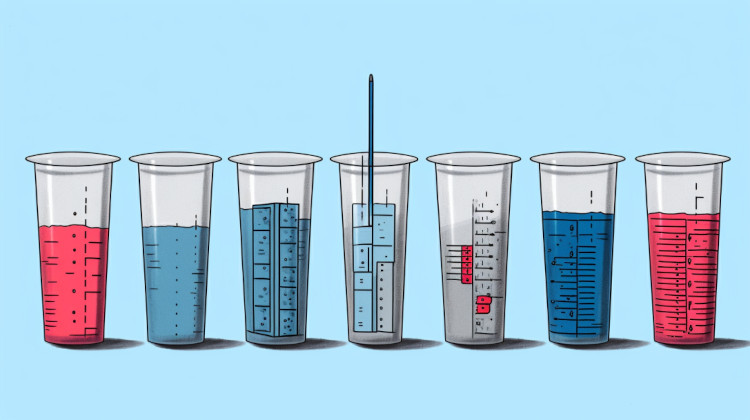
You’re unlikely to be asked to complete a marijuana blood test unless you’re in a clinical setting since urine tests are far more convenient and have a longer detection window. Blood tests may also be used in the case of a traffic accident, work injury, or when a physician is trying to verify which drug was taken.
Blood tests are used far less frequently as they are considered an invasive procedure.
How does a blood drug test work?
A blood drug test is a simple test that only requires a small vial of blood. A blood test is invasive, and as with any blood draw, it does carry a small risk of infection or bruising, so blood tests are not commonly used to detect cannabis.
What can be detected by a blood drug test?
Blood drug tests are looking for the metabolites of:
- THC,
- alcohol,
- cocaine,
- barbiturates,
- oxycodone,
- fentanyl,
- PCP,
- opiates,
- benzodiazepines, and
- amphetamines.
How long can you test positive for THC in blood?
Blood tests for casual marijuana use, meaning a joint or two a week, can typically detect THC for 1 to 7 days after consuming. Those who smoke more often or consume large amounts of edibles can show THC in their blood for several weeks. Likewise, because THC is stored in fat cells, an individual’s metabolism, exercise routine, and diet can all play a role in how long THC is detectable in the blood.
Studies about THC metabolism can give us insight into factors that might increase or reduce the possibility of THC showing up in blood after a period of abstinence. A 2009 study determined that lipolysis (the process where your body breaks down fat cells) increases the amount of THC in the blood.
Exercise can be an important component of any healthy detox effort, but it isn’t an overnight solution. In the short term, burning fat can actually release more THC into the blood.
Cutoff levels for marijuana blood tests
Blood drug tests typically come back positive for cannabis at around 2ng/mL to 5ng/mL. However, recent studies indicate that this cutoff may be too low.
Hair Follicle Test
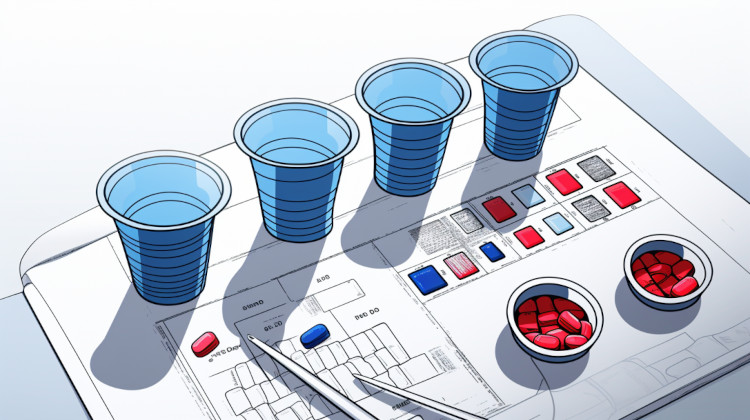
Hair follicle tests are considered unreliable. A 2015 study showed that these tests detect cannabis use only 52% of the time and are even less accurate in detecting opiate use, reporting accurate results only 2.9% of the time.
These tests have also been shown to have racially biased results because marijuana is more easily detected in thick dark hair than in thin light hair and for longer.
Although they’re considered highly inaccurate, some agencies prefer hair drug tests because they can detect past marijuana use for much longer than urine or blood tests (around 90 days).
How does a hair follicle drug test work?
The test is performed by collecting between 100 and 120 hairs from the crown of your head (or anywhere else on the body). The hair is then sent to a lab to test for any drug use over the past 90 days, though it can’t determine exactly when it occurred because hair grows at different rates.
It is possible for a hair follicle test to return a false-positive result. It’s also possible for a hair test to detect one-time drug use if the use was long enough ago for the hair to grow out and show it (usually about a week).
What can be detected by a hair drug test?
The most common drugs tested for in hair are:
- marijuana,
- cocaine,
- PCP,
- amphetamines, and
- opiates,
How long can you test positive for marijuana in your hair?
Marijuana is detected in hair about one week after use. Hair will continue to test positive for roughly 90 days.
Some individuals try to avoid hair follicle tests by shaving their heads bald, but this can actually have the opposite effect. If the hair sample is taken from body hair that grows more slowly, drugs can be detectable for even longer — sometimes up to 12 months.
Cutoff levels for hair follicle marijuana tests
Hair follicle tests are measured in picograms. An initial cutoff level is usually measured at 1.0 pg/mg, with the confirmation level at 0.1 pg/mg.
Mouth Swab (Saliva Test)

Mouth swab drug tests are the least invasive procedure available. They’re 98% accurate and comprise over 80% of all workplace drug testing. They’re also more likely to show current intoxication rather than past use since the detection window is so short.
How does a mouth swab drug test work?
Oral marijuana tests work by detecting delta-9 THC in your saliva, as opposed to other tests which detect metabolites like THC-COOH. Small amounts of THC remain in our mouth lining when we eat or smoke THC. This THC slowly leaches into our saliva for up to 24 hours.
There are several different test designs. Some involve spitting a small amount of saliva into a tube, while others use a cotton swab to collect saliva from your mouth.
What can be detected by an oral swab drug test?
An oral swab drug test can detect:
- amphetamines,
- barbiturates,
- benzodiazepines,
- methamphetamine,
- opioids,
- THC,
- PCP, or
- alcohol.
How long can a mouth swab test detect marijuana?
Mouth swabs, aka oral fluid or saliva drug tests, have the second shortest window of detection times from ingestion (about 24 hours since your last use). In rare cases, THC can be detected for up to one week. The short testing window, 98% accuracy, and non-invasive procedure (compared to urine and blood tests), makes saliva drug tests an increasingly popular option.
Cutoff levels for marijuana mouth swabs
According to National Drug Screening, Inc, standard drug testing cut-off levels for mouth swabs are 1.5 ng/mL.
Marijuana Breathalyzer
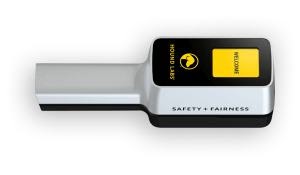
Marijuana breathalyzers are a relatively new technology, and they have yet to gain trust as a reliable drug testing method. As such, they are typically used by individuals rather than employers, clinicians, or law enforcement.
How does a breath drug test work?
Marijuana breathalyzers detect THC in the breath like alcohol breathalyzers. These tests have the shortest detection time for marijuana consumption.
What drugs can be detected by a breathalyzer?
Breathalyzers can detect:
- alcohol
- heroin
- marijuana
- cocaine
How long can a breathalyzer detect marijuana?
Hound Labs created a THC breathalyzer to detect THC use within the past four hours. However, the test can’t detect edible consumption, and its overall accuracy is unproven in the field.
The Best Way to Pass a Drug Test is Abstinence and a Natural Cleanse

If you need to pass a marijuana drug test, and if you’re able to safely stop using cannabis, the best method is to abstain for 30 to 60 days.
Natural cleansing methods may require lifestyle changes, like diet and exercise, but are necessary to safely and effectively eliminate THC from your system. Other detox methods are often touted online, but none are guaranteed to work, some don’t affect your system at all, and a few may present their own health risks by encouraging frequent urination (potentially dehydrating the consumer).
For example, a common DIY detox myth is Jello and water. The theory is that excess sugar will stop you from metabolizing fat for a few hours. While drinking jello and water on an empty stomach will indeed cause a blood sugar spike, this method is questionable and potentially dangerous for some. Stopping fat burnoff for a few hours won’t clear out the THC any faster. It just prevents more from entering the bloodstream for a bit.
If you are a medical marijuana patient, you may wish to consult with your doctor before making any significant changes to your routine.
Concerned? You can get yourself tested beforehand
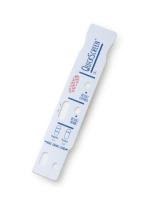
It’s easy to find at-home drug test kits nowadays, and they can be as affordable as $1. These tests are not always accurate, but they may at least give you an idea of your status.
Tips to Reduce THC Levels Year-Round
Methods found online to “beat” drug tests don’t consistently work and can be dangerous to consumers (especially for those managing other conditions). Taking steps to reduce THC levels year-round puts you in a better position should you need to take a drug test.
Exercising Can Lower Blood THC Levels Over Time
It’s been shown that exercise can cause a statistically significant increase in blood THC levels in the short term. However, it also demonstrates that lipolysis (burning fat cells for energy) causes you to detox from THC faster.
If you’re going to use exercise to detox from weed, you’ll want to start at least a couple of weeks before the test and remain sedentary the day before your test. This is not a guarantee that you’ll pass a drug test, and it also requires that you abstain from consuming cannabis in the weeks before your test.
Maintaining a Healthy Diet Can Reduce THC Storage
Those with higher body fat levels might retain higher THC levels simply by the sheer volume of available space for storage. Maintaining a healthy weight may lower the amount of available body fat for THC storage.
Drinking Fluids Can Help Flush the System
Increasing fluid intake helps to flush your system a bit faster. Some consumers have tried to take this method a step further by combining fasting with drinking lemon juice, cranberry juice, or apple cider vinegar, but there’s no evidence that these beverages aid in the detox process.
Additionally, frequent urination and the use of diuretics can increase the risk of dehydration.
The Problems With Trying to “Trick” Drug Tests

Abstinence – especially when combined with the natural methods listed above – is the only guaranteed method to pass a drug test. Since those methods require ample time and patience, some try to “beat” drug tests through quick-fix methods or detox kits that claim rapid results.
Each of these methods has its issues, some more serious than others.
Dilution (urine test)
The most common method used to beat a urine drug test, dilution, involves increasing fluid intake drastically before the test to the point of frequent urination.
Why it isn’t likely to work. Simple dipstick tests rely on visual confirmation only, but testers may take note if urine appears to be diluted. High-quality lab tests measure the specific gravity of urine to check for dilution, and the sample may be rejected if it’s too diluted.
Health risks of dilution. There are risks to pushing large amounts of fluids or taking diuretics to increase urine output. You can actually overdose on water (water intoxication), and it’s fatal if untreated because it disrupts the metabolites that keep your heart beating.
A healthy adult can flush out about 20 liters of water per day, but only at a rate of about 1 liter per hour. Drinking more than a liter of water per hour can become dangerous, especially for people whose kidneys are less efficient.
Adulterants (urine test)
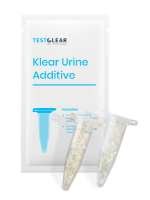
Adultering urine involves putting bleach, vinegar, baking soda, or other substances in your urine after it’s in the testing cup.
Why it isn’t likely to work. Adulterants are fairly easily detected by visual inspection or smell. Even commercial adulterants, like Klear and Whizzies, are still detectable by a lab. Major labs like Quest Diagnostics have a chart of common adulterants used to cheat drug tests that they can catch. Additionally, no adulteration method is 100% reliable. And sometimes, the drug tester is in the room to observe and ensure the sample isn’t tampered with.
Legal risks of adulteration. Tampering with a drug test is a misdemeanor or felony in 18 states, including Texas, Pennsylvania, Florida, and Illinois.
Substitution (urine test)
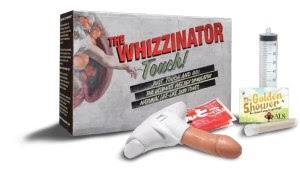
In some situations, cannabis users rig themselves with a bag of clean urine. Some companies sell dehydrated urine and synthetic urine to be used for this purpose.
Why it isn’t likely to work. Drug testers usually observe a person’s body before they provide their sample and it can be fairly easy to tell if someone is wearing a rig. Additionally, urine samples are almost always tested for temperature, which is one way to tell if you’re providing your own urine or not.
Health risks of substitution. Some devices use small heaters to keep urine warm for several hours. Not only is this uncomfortable, but it can lead to circulation issues or burns.
Shaving or Shampooing (hair follicle test)
Some cannabis consumers may try shaving their heads to avoid a hair follicle test. Others may apply special shampoos that have the potential (anecdotally) to lower drug concentrations in their hair.
Why it isn’t likely to work. Hair follicle tests can use hair from anywhere on your body. Even if you shave every hair on your body, the tester may presume you are avoiding the test if you show up completely hairless without a medical explanation.
Some commercial shampoos are marketed to rid the hair of traces of cannabis, but the chemicals included may be identified during testing. If the tester suspects that a testee’s hair has been treated, they may pull a sample from their body hair instead.
Health risks of detox shampoos. This method is very hard on the hair, and could result in scalp irritation, allergic reactions, and even hair loss.
Commercial Detox Kits (blood test)
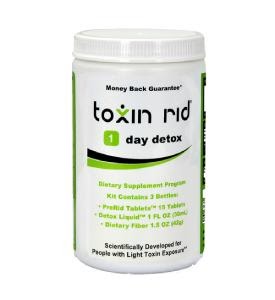
Commercial detox kits are available for purchase, and many boast rapid results. However, they can be expensive, unreliable, and unsafe.
Why it isn’t likely to work. Even if the kits help speed up metabolism and increase your urine output, they won’t eliminate THC from your blood. You may also notice that instructions for detox time limits coincide with the natural clearance times for marijuana.
Health risks of commercial detox products. Most kits contain a mixture of herbs and digestive stimulants that can cause allergic reactions or harm some users. Likewise, the use of diuretics can lead to dehydration and, over time, increased sodium retention in the kidneys.
If you’re insistent on using a detox kit (which is not advised), check the list of ingredients for potential allergens or ingredients that could react with any medications, check the manufacturer’s warranty and any liability waivers presented with the product, and – most importantly – talk to your doctor.
Heavy-Duty Cleaning and Rinsing (mouth swab test)
Some consumers have tried heavy-duty mouth care to pass a mouth swab test: brushing, flossing, and rinsing with mouthwash or hydrogen peroxide.
Why it isn’t likely to work. Rinse will only alter saliva for up to 30 minutes, which may not be enough time to get to and take a mouth swab drug test. Drug testers may also smell the mouthwash or hydrogen peroxide and delay the test.
Health risks of deep cleaning before a mouth swab test. Rinsing thoroughly with mouthwash or diluted hydrogen peroxide can lead to accidental swallowing, which is never advisable. Additionally, brushing or flossing too harshly can damage the gums.
Excuses for Positive Results Aren’t Likely to Work
There are three common excuses used for positive marijuana drug tests:
- Passive exposure (“I don’t smoke marijuana, my friends do!”),
- False-positive due to lab error, and
- False-positive due to a non-narcotic substance, like CBD cream.
Each of these is unlikely to succeed as an excuse for a positive marijuana drug test.
Passive Exposure
Most marijuana drug tests are set to a sensitivity of 50ng/ml. This won’t allow a positive test due to passive exposure under any but the most extreme circumstances. If you’re taking a more sensitive test, such as one set to 20ng/ml, this can happen, though.
A 2014 study exposed six non-cannabis users to cannabis smoke in sealed chambers. Three sessions were conducted. The chambers were unventilated in the first two sessions, while the third session was ventilated. Session 1 was conducted with 5.3% THC cannabis, while sessions 2 and 3 were conducted with 11.3% THC cannabis. The higher concentrations of cannabis produced a single positive result over 50mg/mL via passive smoke and several positive results at 20ng/mL.
However, so much smoke was added to the chambers that many participants opted to wear goggles for eye irritation. The authors of the study agreed that marijuana users were unlikely to recreate such an extreme environment in the real world.
False-Positive Due to Lab Error
It’s nearly impossible to beat a positive urine test these days. Testing now involves a two-step process:
- The specimen is screened with an immunoassay test like EMIT.
- If the result is positive, it’s submitted for further testing via a gas chromatography-mass spectrometer.
This two-step process virtually eliminates any possibility of a false positive.
False-Positive Due to a Different Substance
Marijuana tests have been improved to the point that no substance will be mistaken for cannabis. There are myths that Motrin or Advil causes false-positive cannabis results. This used to happen, but testing has advanced, so it is no longer a risk.
Drug Testing in the Workplace: Your Legal Rights as an Employee
Several states and jurisdictions are adopting laws to protect cannabis users when they’re off the clock. Some cities are also restricting pre-employment drug screening to safety-sensitive jobs only.
Jurisdictions that have testing bans in place only control the actions of employers in their jurisdiction. Additionally, most of these prohibitions only apply to pre-employment screening, not testing in response to a workplace accident. Employers for federal workplaces are also usually exempt from testing bans.
You can check your state drug testing laws here. If you’re concerned that your employer is discriminating against you due to medical marijuana use, contact a lawyer to see if any protections apply to you.
In Summary
- Urine tests can show cannabis use from a few days to several weeks.
- Hair follicle drug tests can show consumption one week after use for up to 90 days.
- Blood tests can show cannabis use for between a few days to several weeks.
- Saliva tests have the shortest current detection window, from 24 hours to a week.
- Breathalizers may be able to cut that detection time to 3 or 4 hours, but accurate results remain unproven.
The safest and most effective way to pass a drug test for marijuana will always be abstinence and natural cleansing of the body.
References
- Lucas CJ, Galettis P, Schneider J. The pharmacokinetics and the pharmacodynamics of cannabinoids. Br J Clin Pharmacol. 2018 Nov;84(11):2477-2482. doi: 10.1111/bcp.13710. Epub 2018 Aug 7. PMID: 30001569; PMCID: PMC6177698. ↩︎
The information in this article and any included images or charts are for educational purposes only. This information is neither a substitute for, nor does it replace, professional legal advice or medical advice, diagnosis, or treatment. If you have any concerns or questions about laws, regulations, or your health, you should always consult with an attorney, physician or other licensed professional.

